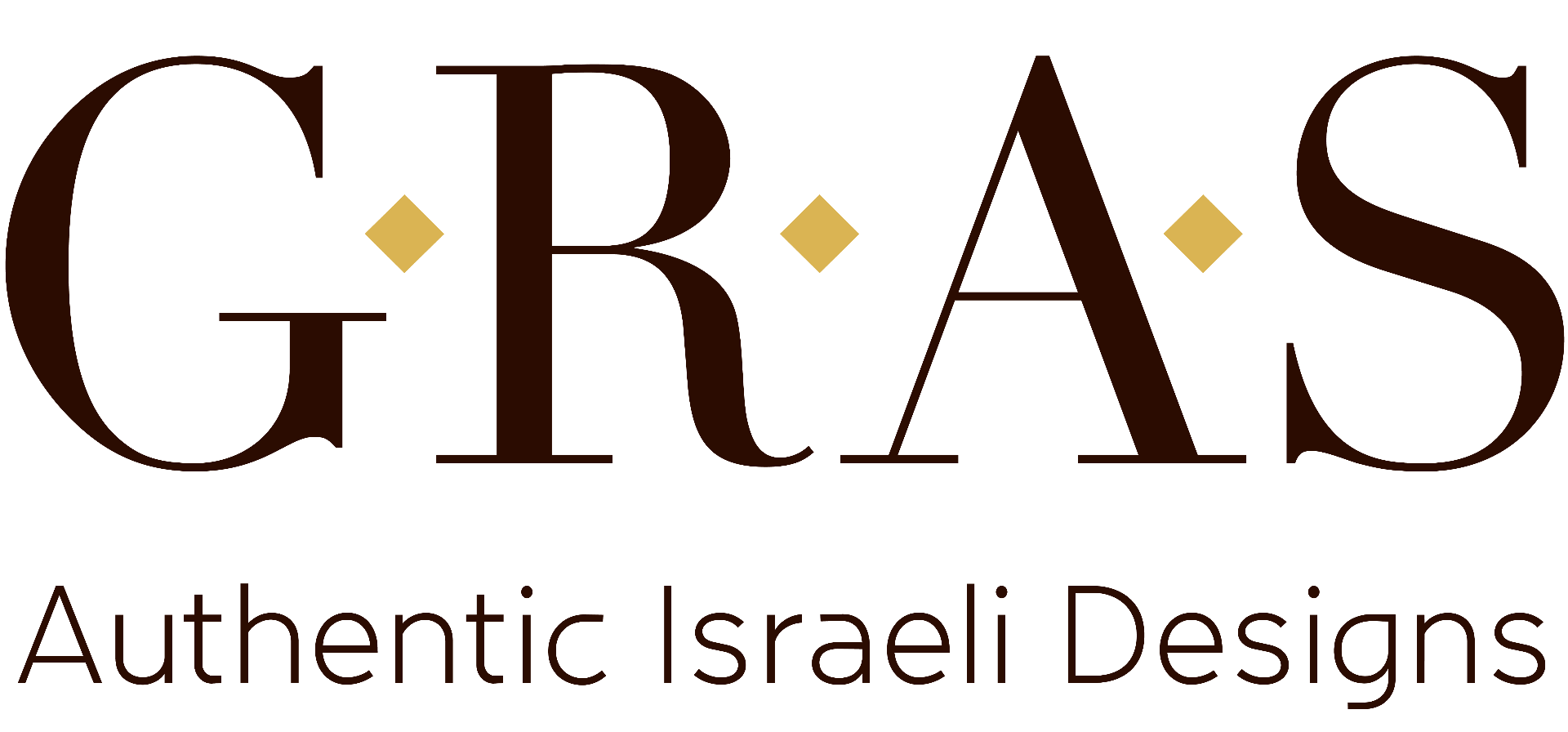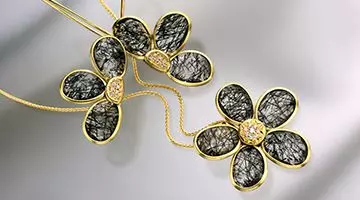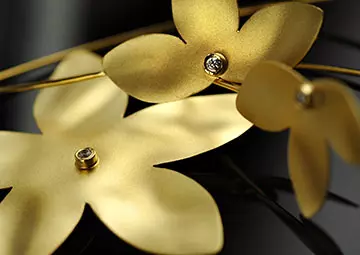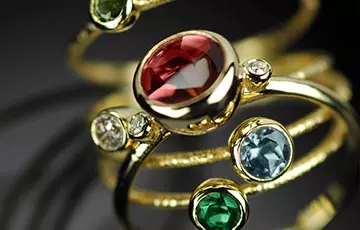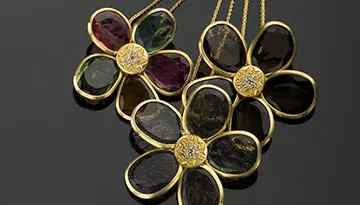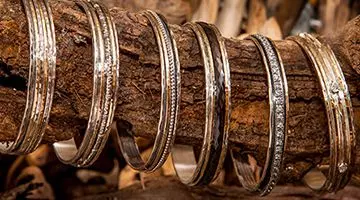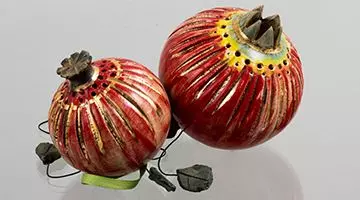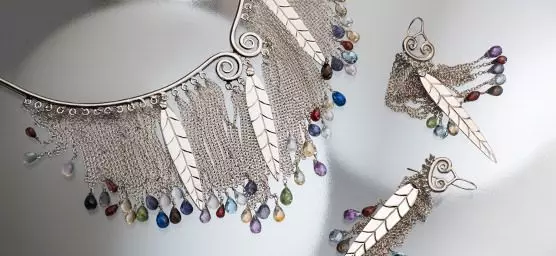DIAMOND GRADING: THE FOUR C'S
Diamond Grading is done by the four C’s: Color, Clarity, Carat, and Cut. The combination of these characteristics are what make an exquisite diamond, and have an impact on the value, the diamond’s sparkle, and its look and feel.
Diamond Grading By Color
The color of a diamond actually refers to its lack of color, as the most highly prized and valuable diamonds are colorless and transparent. A diamond’s color is rated on a letter scale, where D is perfectly colorless. As the diamond’s color increases in hints of yellow, the letters on the scale reflect the variance from colorless to light yellow (see below chart relative to colorless diamonds) and the value subsequently decreases. Aside from colorless diamonds, natural fancy colored diamonds are rated on a different color scale, and are extremely rare and hold an increasingly high value.

Diamond Grading by Clarity
A diamond’s clarity refers to the absence of any inclusions and blemishes, with an Internally Flawless (IF) diamond being the most highly valued. These tiny carbon crystals that remain from the crystallization process are nature’s fingerprint that renders every diamond unique, with most of these inclusions and blemishes so small in size that they are not visible to the eye. There is a direct correlation between the value of the diamond and it’s clarity rating - the higher the clarity, the higher the value of the diamond.

Diamond Grading by Carat
The weight and apparent size of a diamond is measured in carats, with each carat divided into tiny sections called points. In a single (1) carat, there are 100 points, each 0.01 carat of 200 half-points, each 0.005 carats. Carat weight is not a direct correlation to a diamond’s value, as two diamonds that have the same carat weight must also have the same exact cut, color and clarity to have the same or a similar value.

Diamond Grading by Cut
A diamond’s cut, not to be confused with a diamond’s shape (round, pearl, oval, marquise), measures how well a diamond’s facets interact with light and is the most technical of the 4C’s. A diamonds sparkle and the way in which it transmits light all comes down to the quality of the cut. The cut of a diamond depends on its size - the bigger the diamond, the larger and deeper the surface area is for cutting. The more cuts on a diamond increases its ability to interact with light to create brightness (reflection), fire (scattering of white light into the colors of the rainbow), and scintillation (sparkle).

People also searched: Diamond Rings, Diamond Necklaces, Diamond Bracelets, Diamond Earrings, 14K Gold Ring with Diamonds
